The median annual spend for large companies on content marketing is $1.75 million.
93% of B2B marketing professionals are using content marketing. And they’re also spending nearly 40% of their budget on it.
Why? Because companies who put their focus on content marketing are seeing 5x more leads than those who don’t!
And 71% of companies who use content marketing consider how it impacts their customers’ experience with the brand.
On top of that, it costs less than any other form of marketing.
But while the growth (and affordability) of content marketing might sound appealing, it also means that it’s becoming harder for brands and companies to stand out.
To put it simply, we’re looking at market saturation.
Millions of content-marketing pieces are produced every day.
It’s not as easy as just using a few popular keywords and banking on a high ranking.
Everyone is doing that.
And I’m guessing that you don’t have millions of dollars to put into your annual content-marketing budget.
This means that taking pages from the playbooks of the big guys like Coca-Cola or Nike won’t always work for you.
Instead, modeling after some brands you may have never heard of, with budgets closer to zero, can boost your content-marketing success.
There are tons of smaller companies out there that have revolutionized the way we think about content marketing.
They are killing it at using free channels to drive massive traffic and leads.
All we have to do is reverse-engineer their processes and reap the rewards.
Here are four content marketing examples from relatively unknown companies and how you can recreate them.
1. Go viral with trending topics like Hootsuite
What I’m about to show you is possibly one of the greatest pieces of content marketing I’ve ever seen.
Not because it’s the best quality, has the best production value, or even offers the best value for customers. It’s because it took advantage of viral tactics.
Most marketers dream of their content going viral and watching millions of visitors fall into place.
And Hootsuite did just that.
Now, Hootsuite isn’t an “unknown” company. In fact, they’re the largest social media management platform in the business.
But they still don’t have the spend and budget that companies like Coca-Cola have.
So, Neil, “Why are you covering them when you said this article was about unknown companies?” you ask.
It’s simple:
Their content-marketing piece is easily replicable by any content marketer with a small investment budget.
Here’s what they came up with:
Their video has grossed more than one million views and 11,000 likes with more than 400 comments.
So, how did a boring social media management platform with only 21,000 subscribers manage to go viral?
They tapped into a trending topic and spun it to their advantage.
Just read their description and you’ll see exactly what I mean:
“With the new season of GoT (Game of Thrones) finally here….”
“Game of Thrones” is insanely popular. In fact, over 10 million people tune into every episode live.
And Hootsuite just captured over a million of those interested fans.
“Game of Thrones” has nothing to do with social media beyond the fact that it’s a constantly-trending topic.
But Hootsuite was able to piggyback off the GoT fame and create a video that would appeal to the show’s (massive) audience.
Here’s how you can do the same.
Start by scouting viral topics.
The first step toward replicating Hootsuite’s viral video is finding topics that have the potential for mass appeal.
You can’t create an e-book on local SEO and expect it to go viral.
It’s a common topic that a lot of people have already covered.
If your goal is a massive viewership base, you need topics that are trending globally.
To find them, start with Google Trends.
And it just so happens that “Game of Thrones” is still trending years after the viral video!
But do you notice the Solar Eclipse trend?
It was a huge deal in North America, and tons of brands capitalized on viral content marketing with it.
To get even more content ideas, click on the carousel arrows:
It will continue to generate more topics for you.
For example, now you see that Shark Week is a trending topic.
That’s a prime example of a viral topic in the making.
Or you can scroll down on the page to see more trending stories:
Once you’ve picked a topic, you need to create your video on a budget. Here’s how.
Create the video on a low budget.
Yes, Hootsuite is a big company. So you might think that the Hootsuite video is out of your league.
But the truth is that you can create a similar-quality video on a budget.
Think about it this way:
You could spend $5,000 on e-books and white papers for lead gen.
Or, you could spend $5,000 on a single video that could generate millions of views and hundreds of thousands of visitors.
Don’t worry. You don’t even have to spend $5,000.
My point is, though, that the video will have a good return on investment.
One place to start is to browse Fiverr to find people to work with on a small budget.
Head to the search bar and start a search:
You can find great video animators for low prices:
If you’re looking for something a little more detailed or professional, you can use a site like Austin Visuals:
Or, you can simply run a Google search for “3D video animation” and scout different companies to get quotes.
Find a company or contractor in your budget and turn your viral idea into a shareable video.
2. Create better custom content like Intelligentsia
78% of Chief Marketing Officers believe that custom content is the future of online marketing.
And 90% of consumers believe that companies producing custom content are interested in building real relationships with them.
This has become more important as ad fatigue increases.
In fact, Google says that 56% of its online ads are never even seen by people.
Users are blowing right past them in favor of the content that is actually useful.
Meaning that custom, problem-solving content is the name of the game when it comes to content marketing.
You need to produce content that helps users find the answers to their questions.
Or content that the user enjoys interacting with.
You can’t just tout your brand and shove your products in a customer’s face anymore.
Those outdated tactics don’t work.
And that’s why Intelligentsia created custom guides for their coffee business.
Here’s one for their Chemex Brew.
Just like you’d find in a typical B2B space with e-books and white papers, this coffee producer was able to provide stunningly high-quality guides in a niche that was underserved.
They noticed that their niche was harder to produce content for. And they noticed that it lacked guided information.
That’s something I preach every day here on my blog.
Create custom content that helps users solve a problem or learn a new skill.
They created tons of guides for different types of brewing:
And these guides weren’t just thrown together and turned into a basic PDF.
The design level was high quality:
The end goal of this content was simple.
To help users learn more about brewing coffee and spark their interest in craft coffee.
On top of these guides and tutorials, they also have an entire website section dedicated to educating people and providing custom content:
Coffee seems pretty straightforward, right?
Well, Intelligentsia has found a way to create new and fresh coffee content that people want to read.
Simple industries and boring niches don’t have to be boring.
You can actually bring them to life with great content marketing.
Here’s how to replicate their success.
Hire a great designer.
Design is one of the most critical aspects of high-quality content.
If you’re looking to produce high-quality lead magnets like Intelligentsia, you need to hire a designer who can make your content pop and improve the user experience.
Believe it or not, great design can be an investment.
For example, I’ve spent tons of money over the years on my guides:
These guides have brought in hundreds of thousands of visitors from search engines.
Getting that same number of people to my site by using ads would have cost me a small fortune.
The tens of thousands spent on design, on the other hand, is barely a fraction of that.
But sometimes spending thousands on design isn’t all that practical.
And depending on your specific needs, it’s not always necessary.
So head back over to Fiverr and simply search for graphic designers. You can actually find very high-quality designers with low prices:
You’ll need to work closely with a graphic designer to get your custom, on-brand guide created.
The trick is to test them out.
A lot of the designers on Fiverr can be hit or miss. So you can hire a couple to work on a small project for you to test the waters.
Otherwise, other platforms like Upwork or 99designs can provide better quality if you’re OK with spending a few hundred bucks.
3. User-generated content by Muji
It’s no secret that user-generated content works.
On average, it generates 4x higher click-through rates and a 50% drop in cost per clicks.
On top of that, users are 28% more likely to engage with a brand when they see user-generated content.
Why? They have the opportunity to participate in the brand’s growth and marketing strategy.
It connects people to the brand better than other marketing methods.
And if those stats didn’t convince you, this one should:
93% of consumers find user-generated content helpful when making purchase decisions.
User-generated content also works as a type of personalized review for other customers. Each piece of UGC is like a recommendation or positive referral.
UGC should be a part of your content marketing strategy for a couple reasons:
- It’s a great way to show appreciation and build social proof.
- And it saves you time on creating your own content.
One of my favorite pieces of user-generated content marketing comes from Muji Pen.
Muji is a Japanese-based company that sells tons of different items, including high-quality stationery products.
They are a prime example of an unknown company using a creative content-marketing strategy to grow their brand.
With their art contest, they were able to harness the engagement and power of user-generated content.
They allowed customers to use their pens to design great art pieces at home, and then upload them to Instagram using the #MUJIPENART hashtag.
Then, fans would vote on their favorite submissions to crown a winner.
And look how many submissions they got:
Some of them were incredible.
They ranked the submissions and gave credit to each designer based on communal votes.
They set up a polling and voting method that allowed fans and followers to vote on the submissions that they liked:
In the end, they gave awards to the top-rated content by fans:
They turned a rather mundane product like a pen into something that gave life and style to the brand.
Instead of becoming just another pen-making company, they crafted a brand presence that was creative and interactive with its customers.
You can easily set up similar UGC-style contests on your website.
Here’s how.
Set up an Instagram feed.
A great, fast way to set up and feature user-generated content on your website is by using a specific Instagram feed.
You can do this with plugins like Instagram Feed WD that allow you to insert custom Instagram feeds based on specific hashtags:
You can create a custom hashtag easily that users can then add to their content on Instagram.
Now, your feed will pull these hashtagged images onto your website and you can quickly share UGC.
4. Retain traffic like Zendesk
So Zendesk is by no means an unknown company now.
But before they saw explosive growth and went public in 2014, they launched one of the best content-marketing campaigns I’ve ever seen.
And it cost them almost nothing.
While they were still relatively unknown, they launched a campaign to help capture visitors who weren’t coming to their site.
They quickly noticed through keyword research that people were searching specifically for:
“Zendesk alternative”
They instantly shifted into panic mode.
People were writing articles about alternatives and users were not clicking on their products.
They were checking out the competition instead.
So their marketing team created a revolutionary content-marketing idea:
The marketing team went so far as to create social profiles on Twitter, Facebook, and even BandCamp to make this happen.
They quickly stole the #1 ranking on Google for that search.
They used clever messaging on their website to create a funny content-marketing piece that would be iconic for their brand.
Then, they would direct people back from that site to their traditional Zendesk site. They found that their new content venture was actually driving 95% higher conversion rates.
Here’s how to replicate this on your own:
Search for branded keywords.
To start, you can search for branded keywords that aren’t driving traffic to your site.
Head to Moz’s Keyword Explorer and type in your brand name:
Next, search for your brand. For this example, I’ll use MailChimp.
Likely, you will find competitor queries like this:
Similar queries like “[Brand] alternatives” also work well.
While it may not make sense for you to create a new website as a funny content-marketing piece, you can still use these competitor queries to your advantage.
For example, you could create an unbiased article reviewing your main competitors to drive extra traffic and create trust.
Many times, people using keywords like these are actively comparing their options. They haven’t yet decided on the right product to pick.
For example, you can create a chart that ranks the best options to help people compare features, pricing, and testimonials.
Use branded keywords that aren’t driving traffic to inspire creative content-marketing campaigns to recapture those visitors who are looking for other competitors.
Conclusion
The growth of the content-marketing industry is both good news and bad news for marketers.
While it opens the doors for limitless marketing possibilities, it also means that it’s becoming harder and harder to stand out.
And when large companies are spending over 1.5 million dollars a year on content marketing, how on earth can the small business gurus succeed?
It’s important to find a way to make content marketing work on any budget
And for good reason: Content marketing generates tons of leads at a lower CPA than any other marketing platform.
To stand out among the millions of pieces of content that are produced every day, smaller companies are forced to develop creative, quality content to drive a lot of traffic.
And you can, too.
Try researching viral trends and creating videos that play on those topics for views.
Create detailed and visually appealing custom content that’s easily shareable.
And don’t forget to utilize user-generated content campaigns to create content-marketing pieces that fans love to engage with.
Following in the footsteps of smaller-budget companies that have succeeded with content marketing will help you get noticed in the crowd.
What are your favorite content-marketing examples from small or virtually unknown companies?

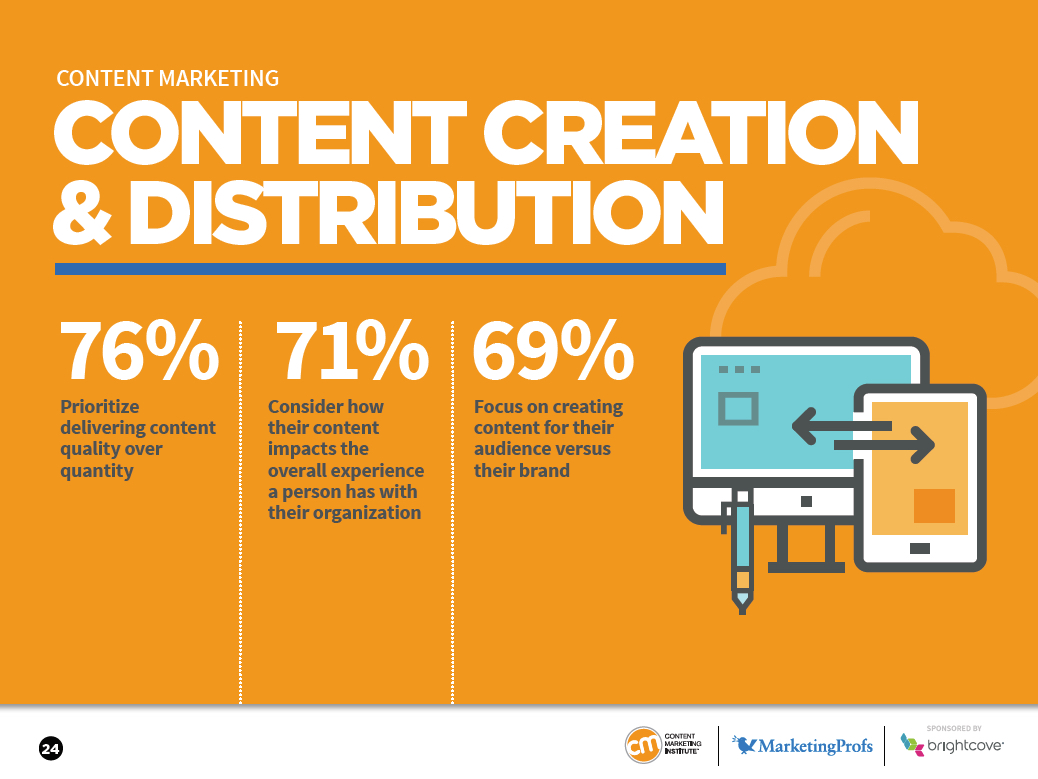






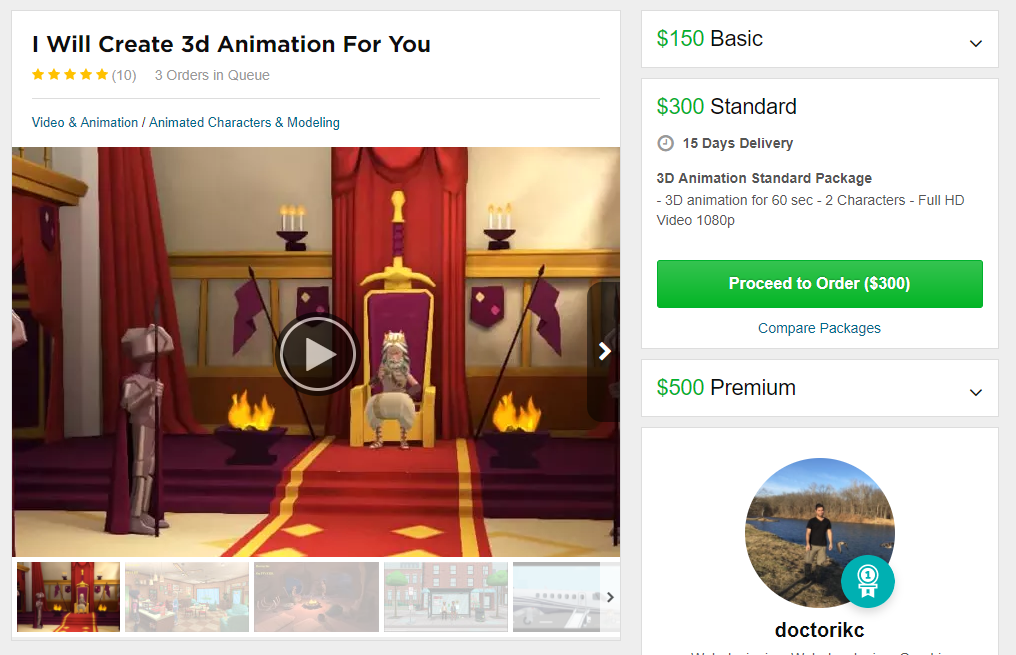
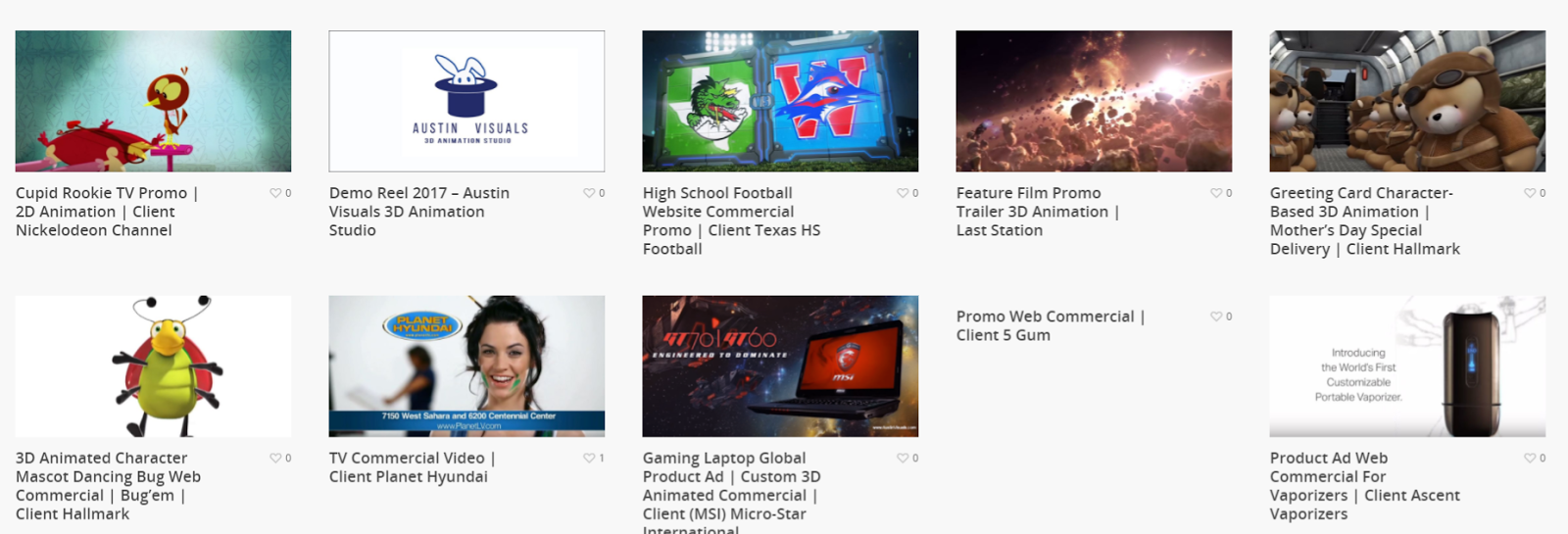
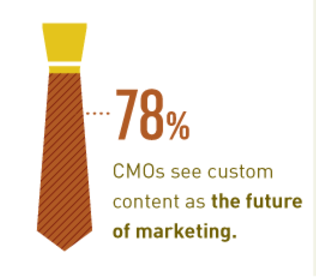
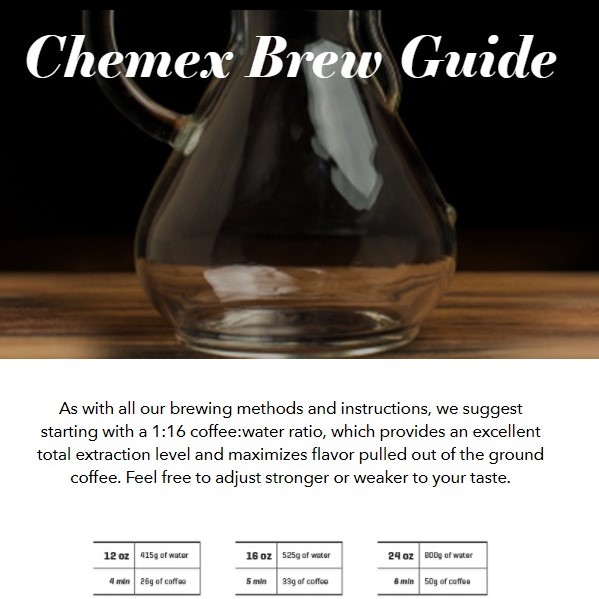
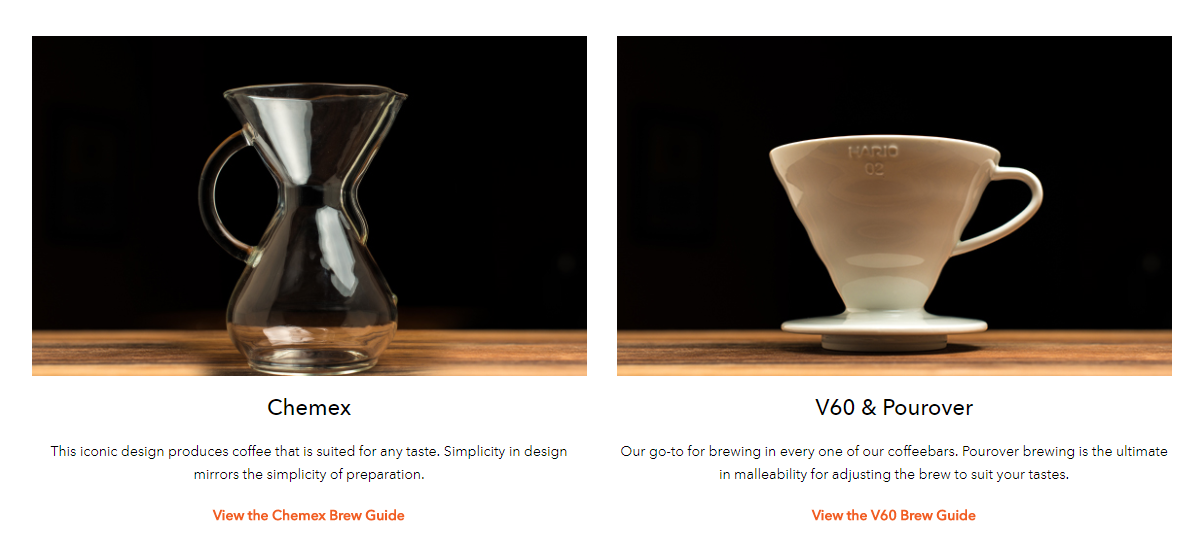
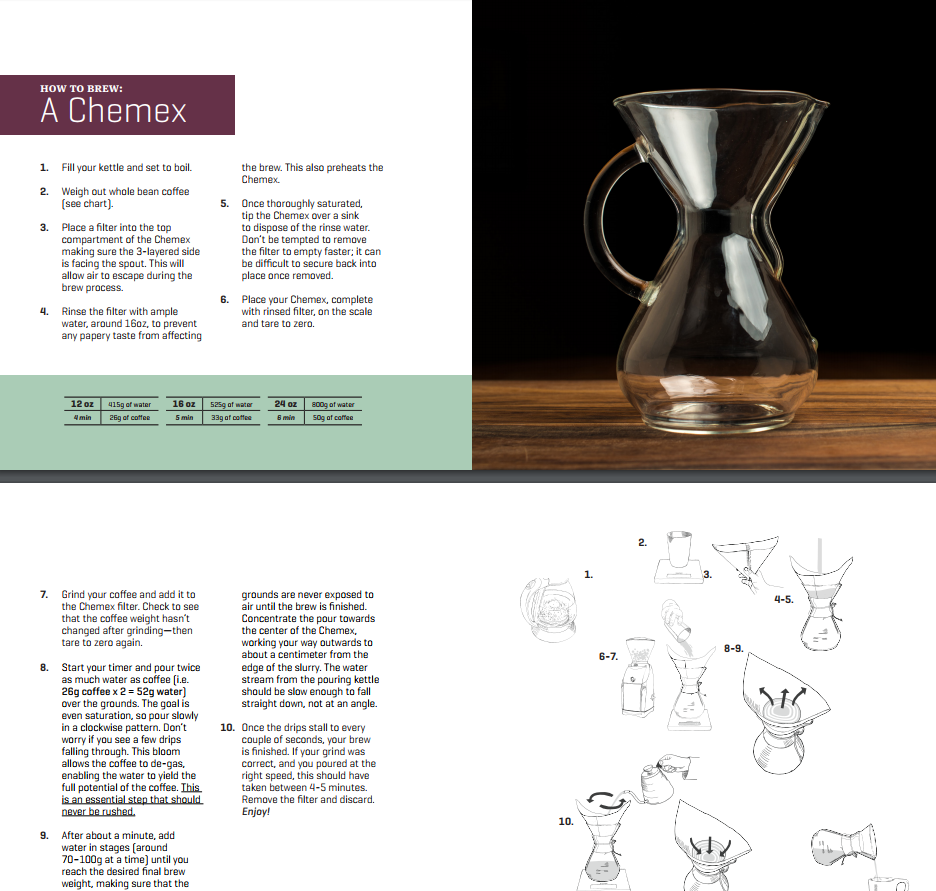
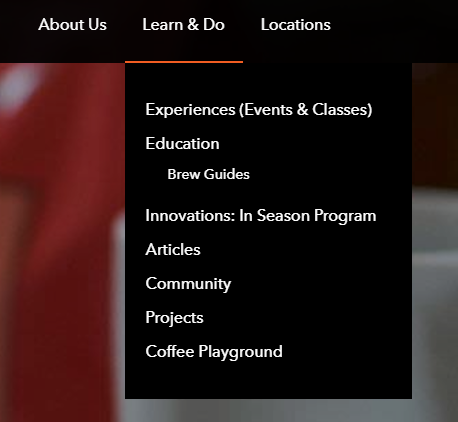


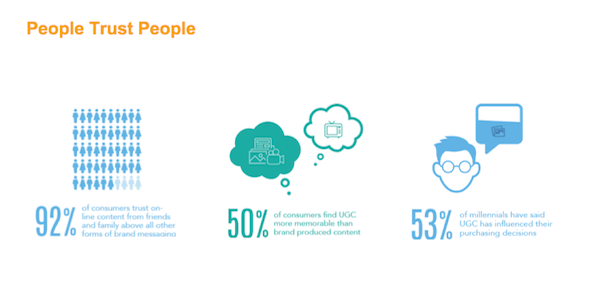

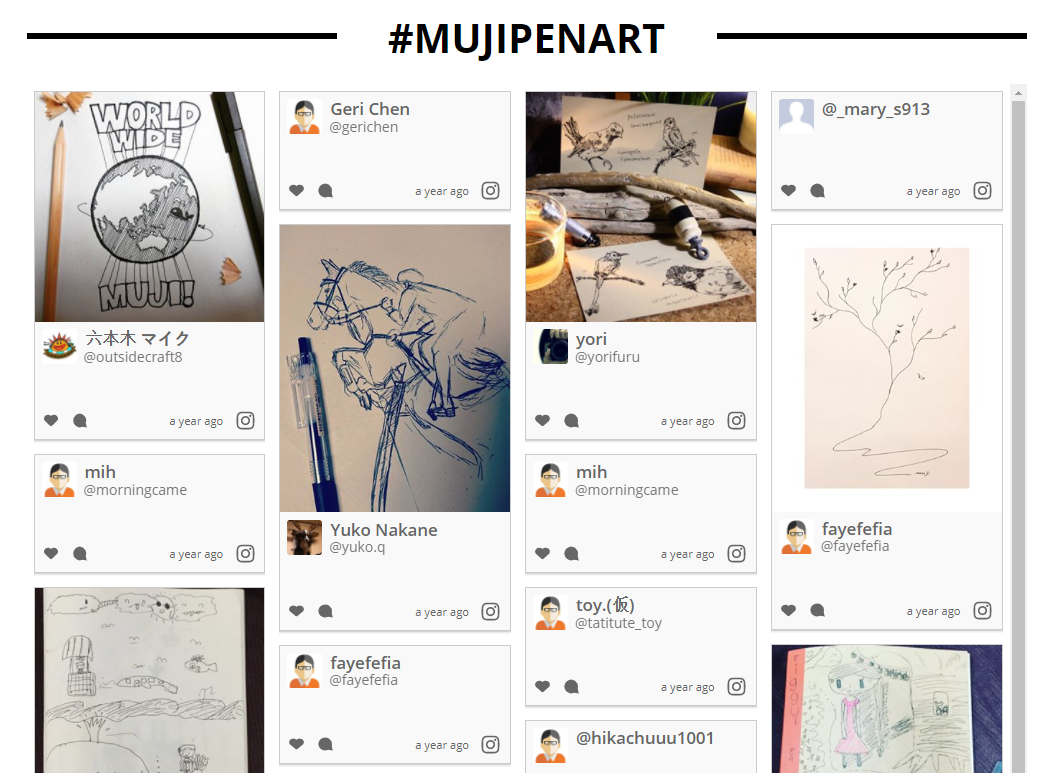
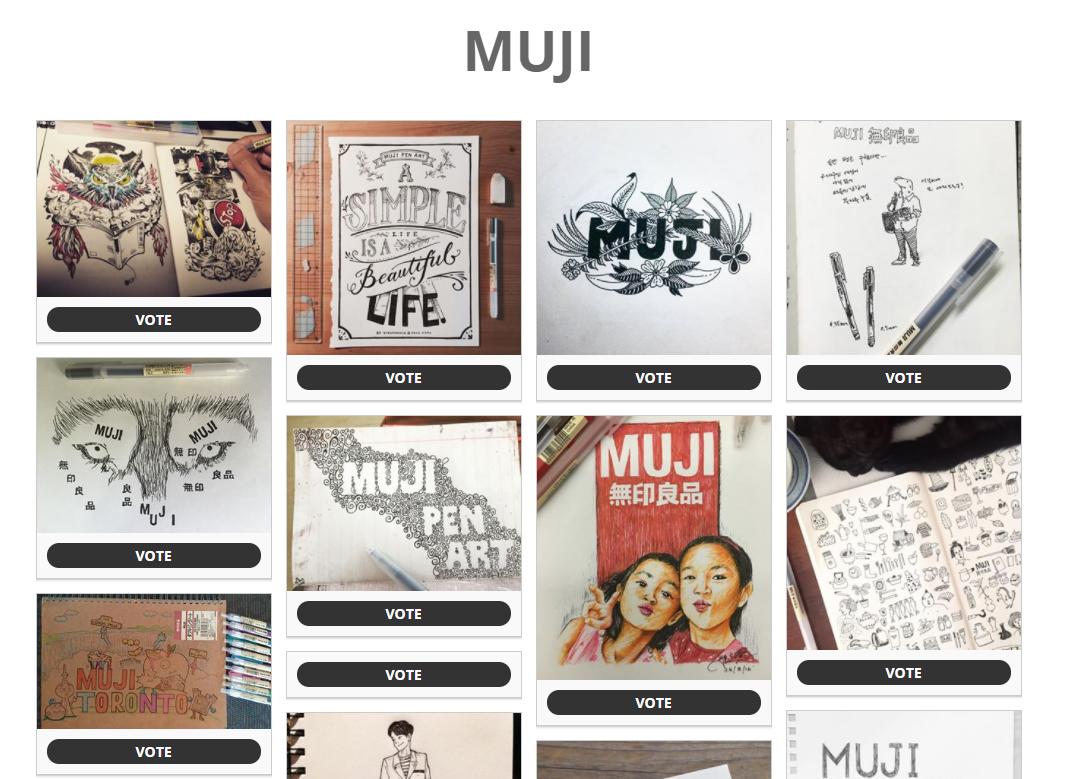



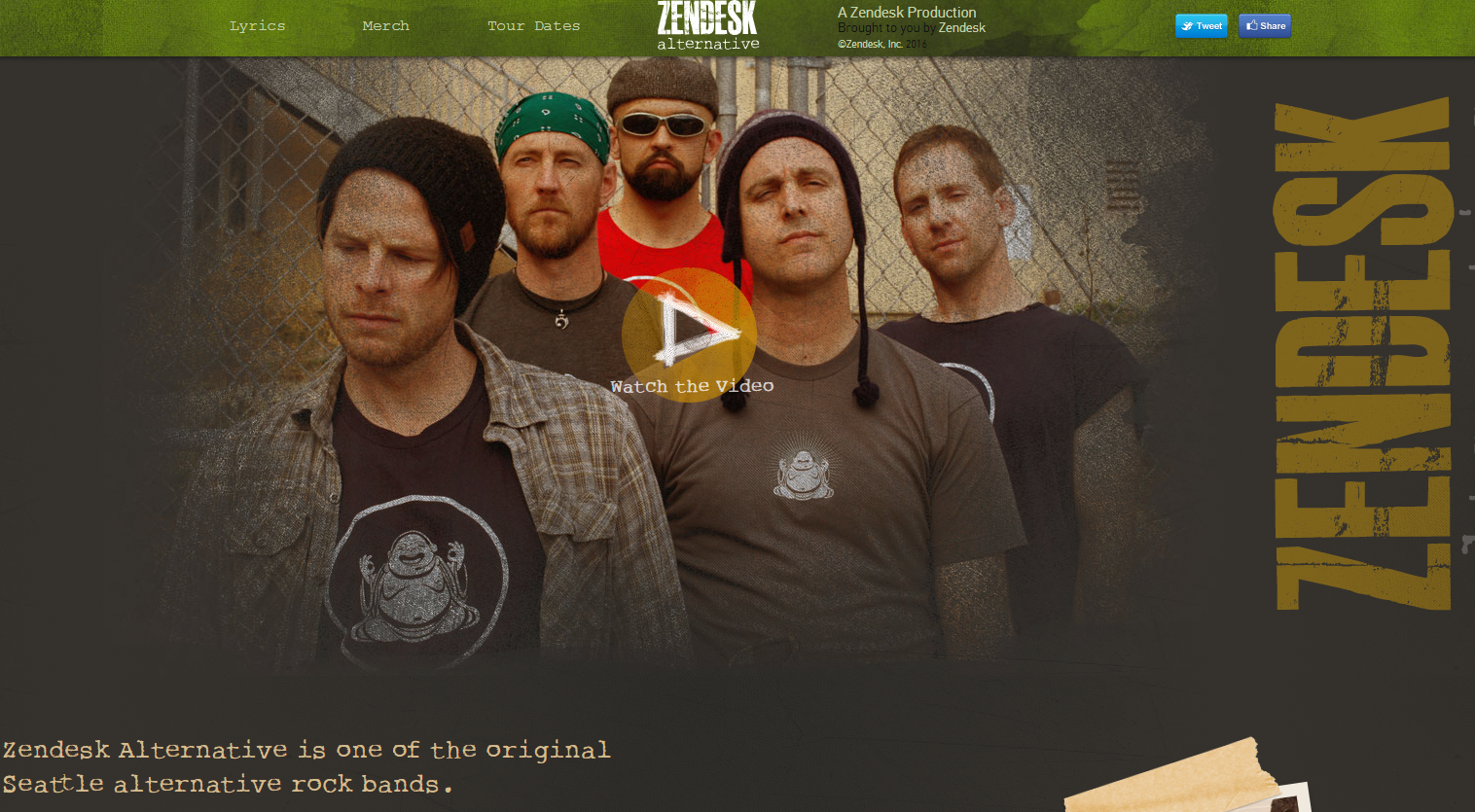
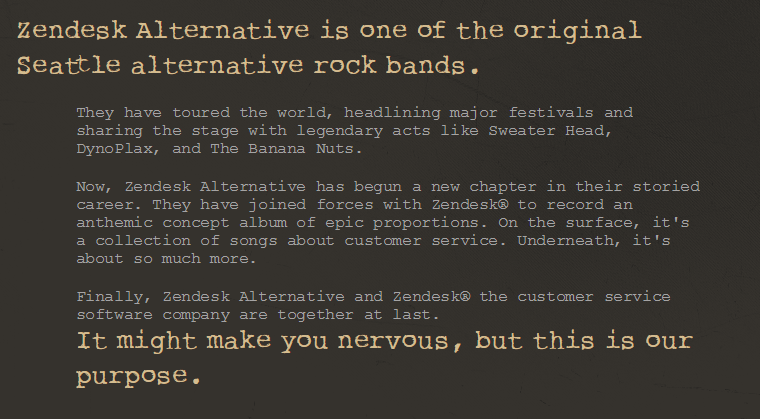



Comments (10)